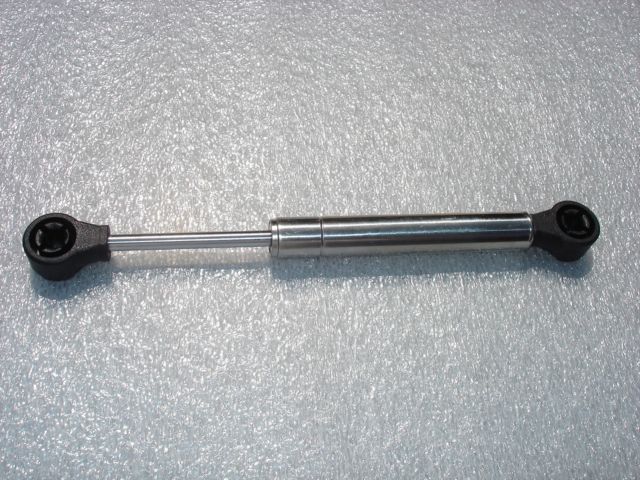For waternut, and everybody else too I guess...
In many of my models small local stresses may seem severe, weld fillets would likely reduce many of these stress concentrations. I simply used 500lbs as the applied force and the overextended model has stops welded to the bottom tube and their bearing faces constrained.
First up is the overextended model, looks like a limiting strap would be necessary.

Next up is the side pancake , looks to be a non-issue

Finally is the pole slam on the hood, keep in mind none of these dimensions are exact and are general approximations.

In many of my models small local stresses may seem severe, weld fillets would likely reduce many of these stress concentrations. I simply used 500lbs as the applied force and the overextended model has stops welded to the bottom tube and their bearing faces constrained.
First up is the overextended model, looks like a limiting strap would be necessary.

Next up is the side pancake , looks to be a non-issue

Finally is the pole slam on the hood, keep in mind none of these dimensions are exact and are general approximations.

Last edited:




